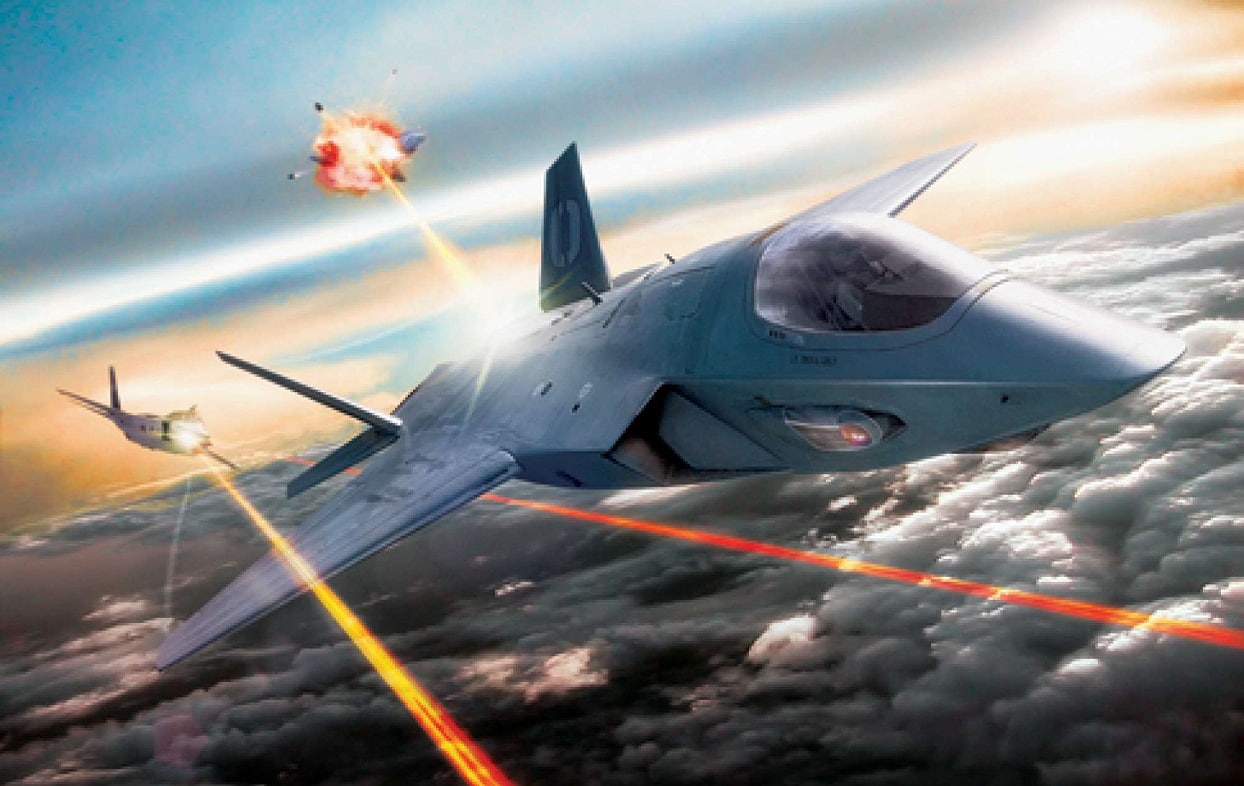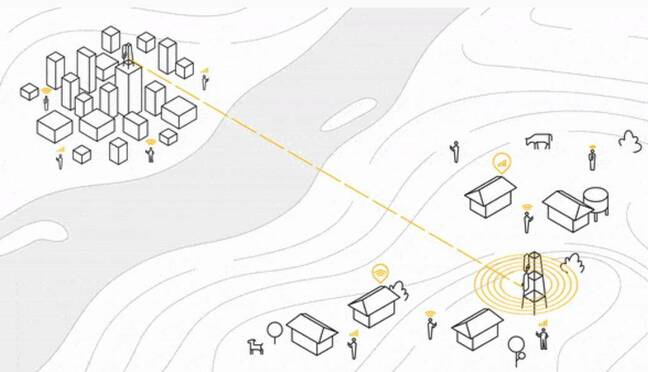Forget the F-35: What Exactly Is a 6th Generation Fighter?
What exactly is a 6th Generation Fighter? Fifth-generation fighters are so advanced – and so expensive – that just three nations have designed and built models: the United States, Russia, and China. The technology – stealth, supercruise, supermaneuverability, interconnectivity – is still cutting edge. Yet, the great powers are already looking ahead, as great powers tend to do, competing with each other, and contemplating the 6th generation of fighter technology.
Sixth-generation fighters exist only in concept. Several countries are working on 6th generation fighters – some of which have never even created a fifth-generation fighter – including the U.S., Russia, China, Japan, the UK, and France. No one is close yet to debuting a 6th generation fighter; the going expectation is that the next generation won’t debut until the 2030s.
6th Generation Fighter: Designing Aircraft for Future Conflicts
Although the 6th generation of aircraft is still nascent, a set of distinct features have congealed to form the basis of what a 6th generation fighter is. Namely, all of the fifth-generation-worthy abilities for survivability in contested environments, air superiority, ground attack, etc. will need to be improved commensurate with the times.
The emphasis on close-combat dogfighting, which dominated twentieth-century aerial warfare, is becoming a peripheral concern of aircraft manufacturers. Instead, ground attacks, cyber warfare, and even space warfare are increasingly relevant. Beyond-visual-range (BVR) missile combat is also still important.
The next generation of jet fighters will likely incorporate the ability to operate in a manned or unmanned configuration. And like the F-35 in the fifth generation of air fighters, sixth-generation fighters will need to integrate with a variety of other jets, drones, soldiers, and sensors – in a saturated network meant to provide warfighters with a comprehensive picture of the battlespace.
To achieve the performance characteristics expected of a sixth-generation fighter, various design elements will be incorporated. The foundation of sixth-generation technology will be the “brains” of the aircraft: advanced digital…




